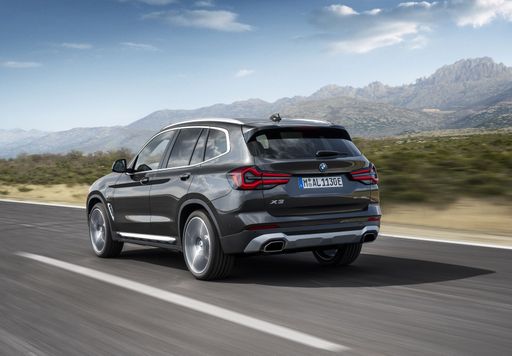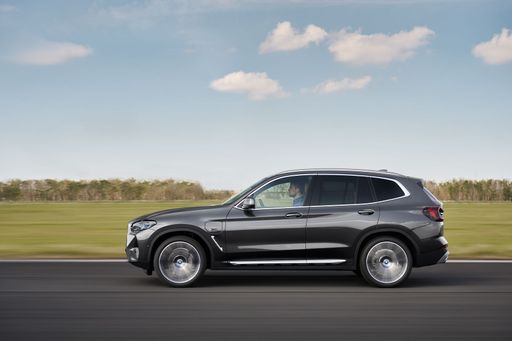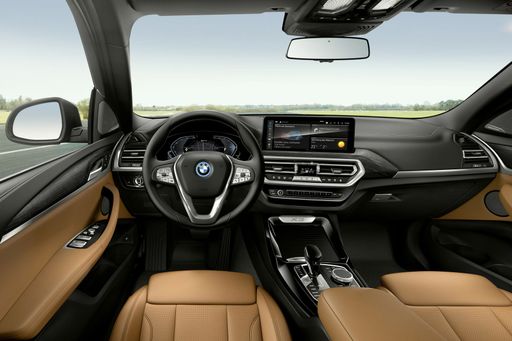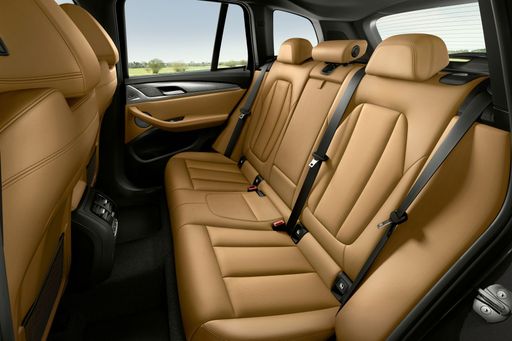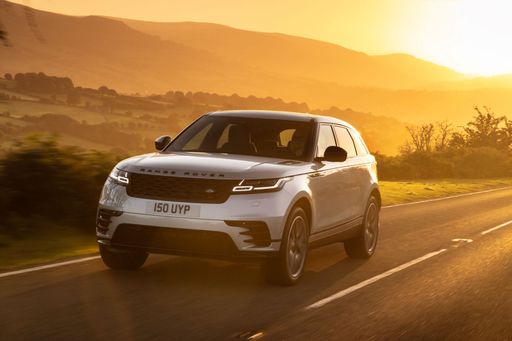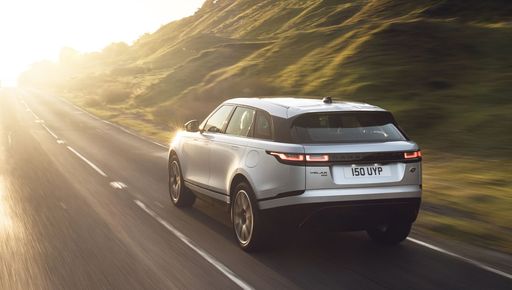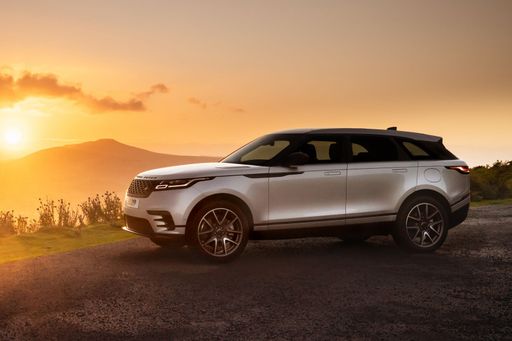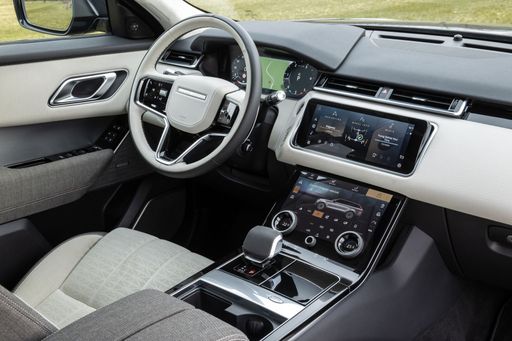Introduction: A Battle of the SUVs
In the realm of premium SUVs, the BMW X3 and Land Rover Range Rover Velar present formidable options for enthusiasts and practical drivers alike. Each vehicle boasts a blend of luxury, performance, and advanced technology. In this head-to-head comparison, we delve into the specifications and innovations that set these two titans apart.


